
views
- Place your seeds in a plastic bag with a damp paper towel until they sprout.
- Transfer the seedlings into hydroponic containers filled with water.
- Change the water in the pot every few days, and watch for buds growing near the leaves.
Germinating Seeds
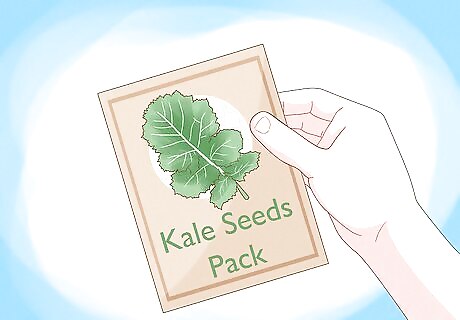
Choose the seed you want to grow. Make sure that it can be grown where you live (don't choose a citrus plant if you're living in Alaska, for instance) and that it isn't a plant that is grown underground. It is better to start small with just one or two vegetables you are interested in.
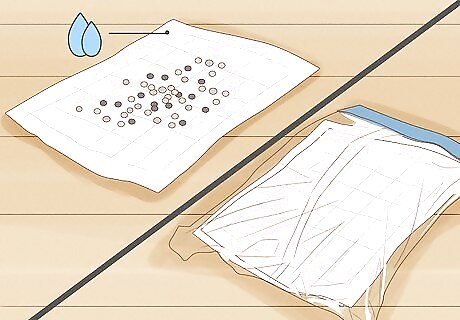
Take wet paper towels and place the seed(s) inside them. Fold it over, and place it gently in a clear, sealable bag.

Put the bag in a warm, dark place and give the seeds some time to germinate. Germination is triggered when a seed is wet, so keep the paper towels moist. Don't forget that some seeds take longer than others.

Keep in mind that, when the seeds have germinated and is showing at least one inch of stem, it is a seedling. What you do next depends on the type of plant. If the seed has a frailer stem, keep it in the original paper towel but cut small holes for the leaves to emerge through. If the seed has a stronger stem, feel free to cover only the roots in wet paper towels and let the stem straighten out and grow leaves.
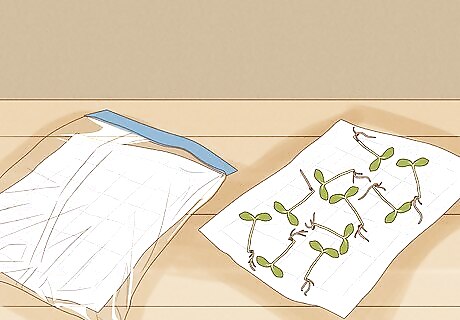
Watch the seedling(s) carefully so that they grow straight. This is a very fragile time in their life, so be extremely gentle.
Potting Your Seedlings
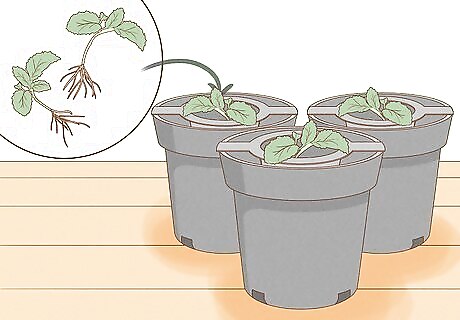
Move your plant into its permanent container when the seedling is stronger and bigger.
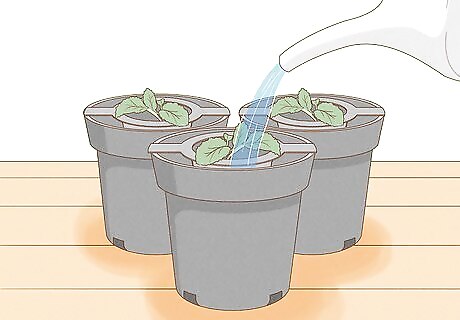
Fill the container with water. You can choose between having one plant per container, or doing a larger container with many plants. If you choose the second option, make sure that all the plants have good support.
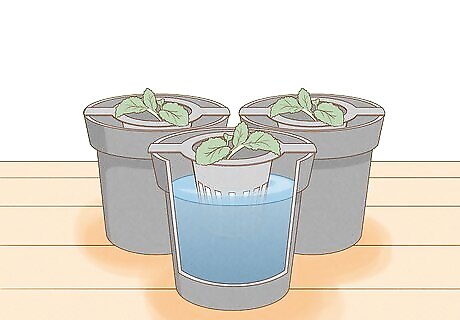
Place your grown seedling into the water, so that only the roots are submerged. If you are growing a plant that gets much taller, you should probably tape a support to the side of the container.
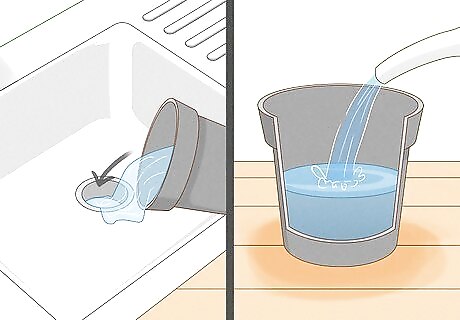
Change the water every few days, especially if it seems to get murky or translucent. Also, plants need nutrients to grow, so buy a pack of liquid fertilizer to add to the water every week. Follow the package instructions, and don't overfeed the plants.
Maturing Your Plants
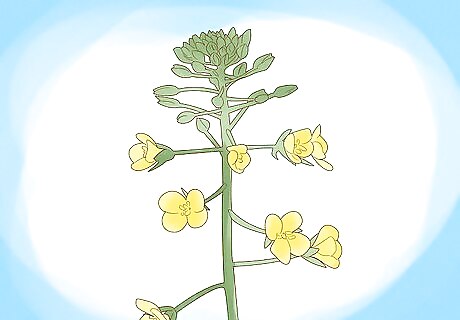
If you chose a plant that bears fruit, watch for flower buds growing near the leaves. They will open and dry up, leaving behind the start of a fruit or vegetable. If the plant needs cross-pollination in order to be fertilized, place the plant outside or near an open window for a few days so that insects can do the job. A good plant for hydroponic gardening is one that self pollinates.
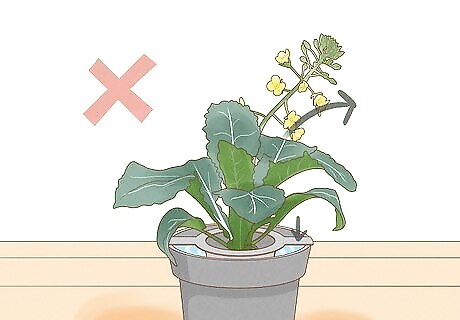
Make sure that the flowers don't weigh the stem down, if you chose a flowering plant. Normally, plants can anchor themselves into the dirt for extra support. Check your plant's stem daily for any cracks or bending points.
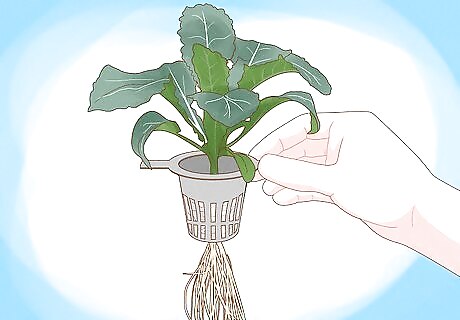
Harvest the fruit/vegetables like any other plant. Enjoy your hydroponic garden!















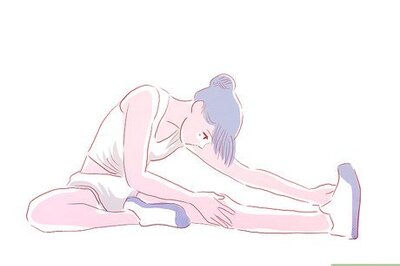


Comments
0 comment